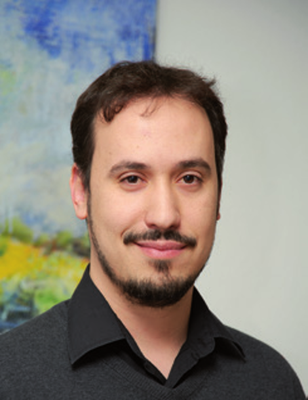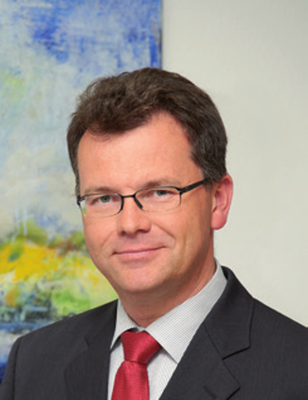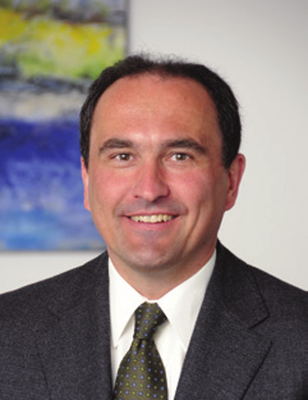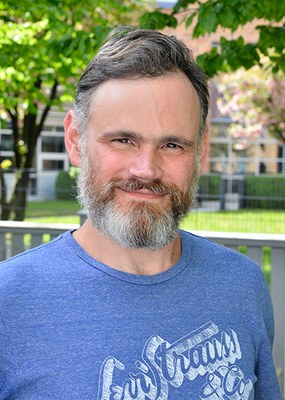Modeling Metallic Materials
Plenty of material models are available in LS-DYNA for describing the mechanical behavior of metallic materials. However, a profound understanding of the adopted material model is crucial for obtaining reasonable and reliable FE simulation results.
The aim of this class is to give practical guidelines about the application of the most commonly used material formulations. The focus will be especially on the underlying basic theory as well as on the assumptions made for the corresponding material formulations. Moreover, besides the practical information about particular input formats and the relevance of special settings, the algorithmic background of the various models will also be highlighted. Finally, diverse applications for the most commonly used metallic material models in LS-DYNA will be illustrated with the help of simple examples.
Contents:
- Review of rheological models
- Stress and strain measures
- Concepts of computational plasticity
- Presentation of the von Mises model
- Selection of LS-DYNA material models based on von Mises plasticity
- Description of *MAT_024
- Calibration of isotropic hardening curves
- Discussion on some metallic alloys
- Plasticity with isotropic damage (*MAT_081)
- A material model for transformation induced plasticity alloys (*MAT_113)
- Presentation of a Gurson-based material model in LS-DYNA (*MAT_120)
- A material model with tension-compression asymmetry (*MAT_124)
- A Generalized Yield Surface model for tension/compression/shear asymmetry (*MAT_224_GYS)
- Review of anisotropic concepts (e.g., R-Values)
- Barlat 1989 model in LS-DYNA (*MAT_036)
- Retrieving Tresca’s yield criterion in LS-DYNA
- A Hill-based model for transverse anisotropy (*MAT_037)
- The _NLP_FAILURE option
- Barlat 2000 anisotropic model (*MAT_133)
- Aretz 2004 anisotropic model (*MAT_135)
- Short review of kinematic hardening
- A simple plasticity model with mixed hardening (*MAT_003)
- Extension of *MAT_024 to account for mixed hardening (*MAT_225)
- Overview of the mapping capabilities in LS-DYNA
Prior attendance at the class 'Introduction to LS-DYNA' is strongly recommended.
| Dates | Duration/days | Calendar | Registration | Referee | Language | Location | Fee |
|---|---|---|---|---|---|---|---|
| 26.06.2025, 09:00 - 17:00 | 2 days | Add to calendar | Filipe Andrade | English | Stuttgart (GER) | 1050 € | |
| 10.11.2025, 09:00 - 17:00 | 2 days | Add to calendar | Filipe Andrade | English | Stuttgart (GER) | 1050 € |
Lecturers
Filipe Andrade

Areas of expertise:
Material modeling, FE theory
Academic studies:
Mechanical engineering
André Haufe

Prof. Dr.-Ing.
Manager process simulation
Areas of expertise:
Material modeling, forming simulations, joining techniques
Academic studies:
Civil engineering
Thomas Münz

Dr.
Managing director
Areas of expertise:
Material modeling
Academic studies:
Techno-mathematics
Julien Lacambre

Diplôme d'Ingénieur
Areas of expertise:
Crash and impact simulations
Academic studies:
Aerospace Engineering